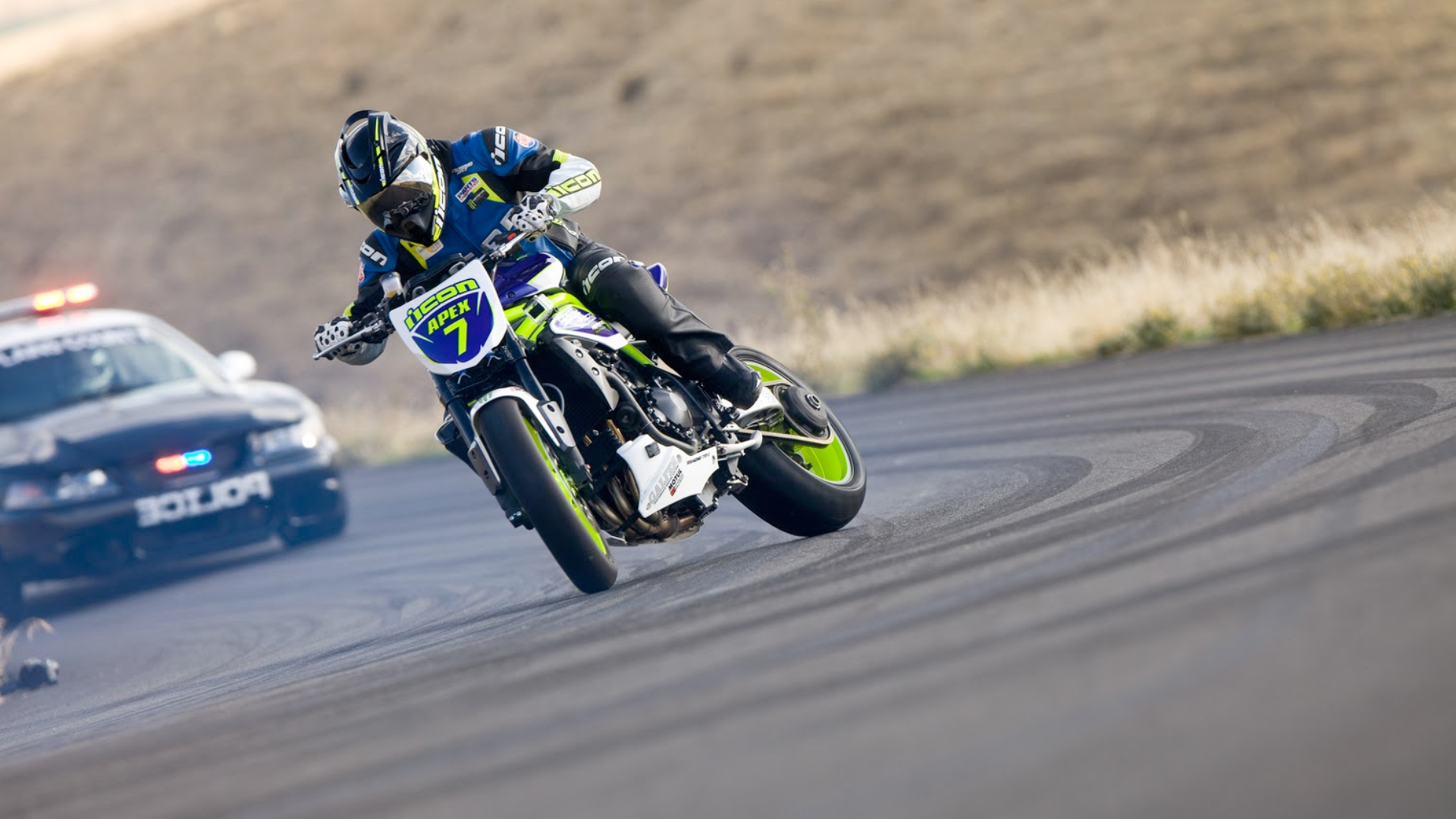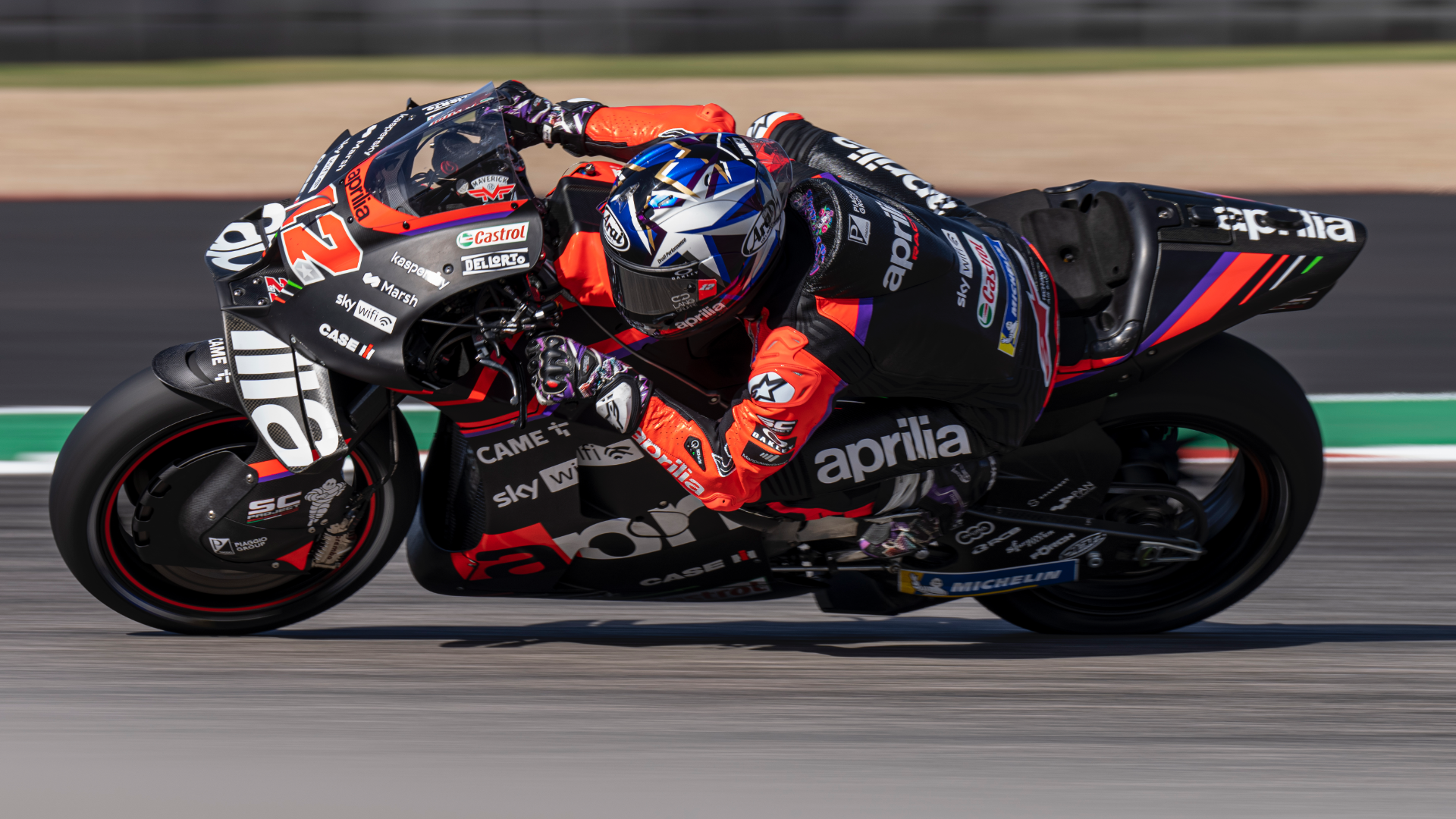Categories
Motovation Blog
- Feb 15, 2024 How does motorcycle traction control work? How it saves us all!
- Jan 21, 2024 Are Bonamici Racing rearsets the best? Precision Unleashed: Bonamici Racing Rearsets
How does motorcycle traction control work?

Motorcycle traction control is an advanced electronic system designed to enhance rider safety and improve overall motorcycle performance by preventing wheel spin and maintaining optimal traction during acceleration. The system employs various sensors and a control unit to monitor and regulate the power delivered to the rear wheel. Here's a detailed explanation of how motorcycle traction control works:

-
Wheel Speed Sensors: Traction control systems rely on wheel speed sensors to monitor the rotation speed of both the front and rear wheels. These sensors constantly send data to the control unit, which calculates the speed differential between the two wheels.
-
Gyroscope and Accelerometer Sensors: In addition to wheel speed sensors, modern motorcycles often incorporate gyroscope and accelerometer sensors. These sensors provide information about the motorcycle's lean angle, pitch, and acceleration. This data is crucial for the traction control system to understand the overall dynamics of the bike.

-
Control Unit and Algorithms: The control unit, also known as the Electronic Control Unit (ECU), is the brain of the traction control system. It processes data from the wheel speed sensors, gyroscope, and accelerometer to determine the motorcycle's status. Advanced algorithms within the ECU analyze this data in real-time and make split-second decisions to regulate power delivery.
-
Throttle-by-Wire System: Many modern motorcycles use a throttle-by-wire system, where there is no direct mechanical link between the throttle grip and the engine. Instead, the rider's throttle inputs are interpreted by sensors and sent to the ECU, which then adjusts the fuel injection and ignition timing to control engine power.
-
Intervention Mechanisms: When the traction control system detects wheel slip or excessive acceleration, it intervenes to modulate the power delivered to the rear wheel. There are several mechanisms through which this intervention occurs:
- Ignition Timing Adjustment: The ECU can retard the ignition timing momentarily, reducing power output and preventing wheel spin.
- Fuel Injection Control: The system can adjust the amount of fuel injected into the engine, affecting the combustion process and reducing power.
- Throttle Valve Adjustment: In throttle-by-wire systems, the ECU can adjust the opening of the throttle valves to control power delivery.
-
Selecting Traction Control Modes: Many motorcycles with traction control systems offer multiple modes that allow riders to choose the level of intervention based on their preferences and riding conditions. These modes can range from more intrusive settings for wet or slippery surfaces to less restrictive modes for optimal traction.
-
Feedback and Continuous Monitoring: Traction control systems provide feedback to the rider through visual indicators on the instrument cluster or by utilizing other display methods. Continuous monitoring of various parameters ensures that the system adapts to changing riding conditions and provides consistent traction control.
Traction control enhances rider safety and performance, allowing for confident acceleration in various riding conditions. These advanced systems can decrease rider lap times significantly, while providing an extremely valuable safety system. #ridesafe

